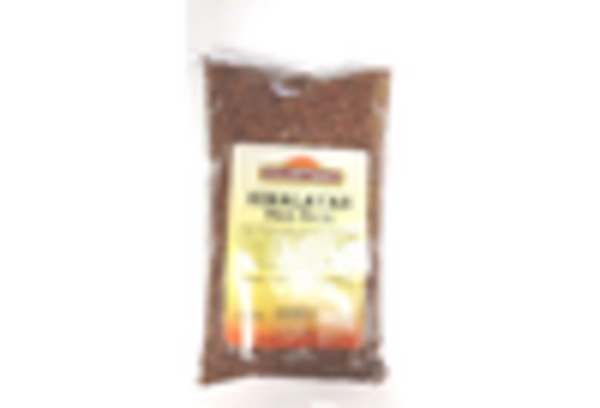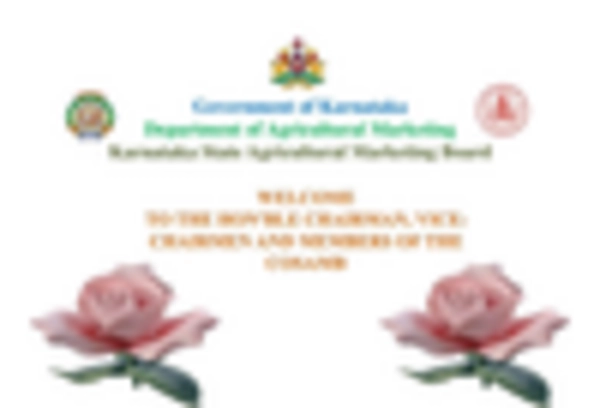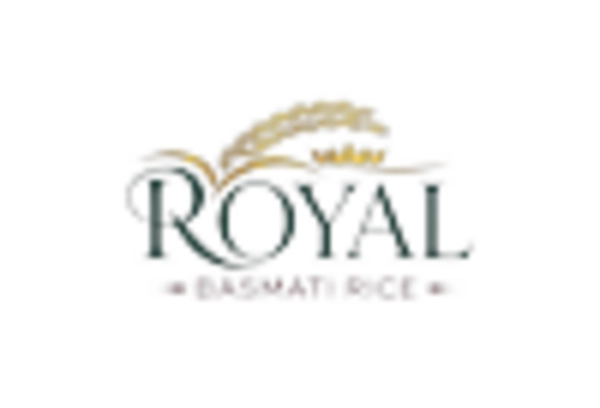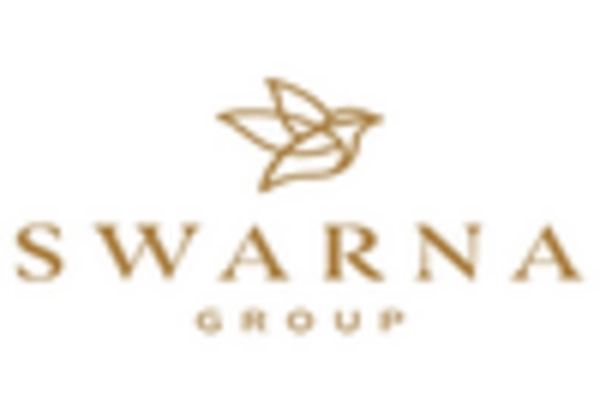Leading market players are investing heavily in research and development in order to expand their product lines, which will help the Red Rice market, grow even more. Market participants are also undertaking a variety of strategic activities to expand their global footprint, with important market developments including new product launches, contractual agreements, mergers and acquisitions, higher investments, and collaboration with other organizations. To expand and survive in a more competitive and rising market climate, Red Rice Industry must offer cost-effective items.
Manufacturing locally to minimize operational costs is one of the key business tactics used by manufacturers in the global Red Rice Industry to benefit clients and increase the market sector. In recent years, the Red Rice Industry has offered some of the most significant advantages to medicine. Major players in the Red Rice market, including LOTUS FOODS, INC, URMATT LTD, CEYLON PURE, Wuhan Jiacheng Biotechnology Co., Ltd., Lundberg Family Farms, Woodland Foods, Ltd, The Kroger Co., Mars, Inc., Riviana Foods, Inc., and Fabrar Liberia, Inc., are attempting to increase market demand by investing in research and development operations.
The company Jarrow Formulas, Inc. manufactures and distributes dietary supplements that support a balanced diet. The business helps clients stay healthy and fit by providing items like minerals, vitamins, protein powder, probiotics, and other dietary nutritional supplements through its online, physical locations, and other retail outlets across the world. A cooperation between Natrol and Jarrow Formulas, Inc., a well-known supplier of vitamins, minerals, and supplements, was announced in 2021. The organisation was able to integrate and acquire top-tier personnel because to this cooperation.
Manufacturer and marketer of foodstuffs and beverages is Nestle SA (Nestle). Baby foods, bottled water, cereals, chocolates and confectionary, coffee, culinary products, plant-based meals, chilled and frozen foods, dairy products, nutritional products, ice cream, and pet care items are all included in the company's product line-up. Aero, Purina Alpo, Milkybar, Cerelac, Nescafe, Nespresso, Nido, Perrier, S.Pellegrino, Acqua Panna, Nestea, Milo, Maggi, Buitoni, Cailler, Movenpick, Purina, Boost, Gerber, and Kit Kat are some of the brand names under which Nestle sells its goods. Asia, Oceania, the Americas, Europe, the Middle East, and Africa are all commercial hubs for the company.
In Vevey, Waadt, Switzerland, Nestle has its headquarters. The primary brands of The Bountiful Company, including Solgar, Nature's Bounty, Osteo Bi-Flex, Ester-C, Puritan's Pride, and Sundown, were acquired by Nestlé Health Sciences in August 2021. The acquisition gave the corporation access to a wider choice of goods that improve consumer health globally.

















Leave a Comment